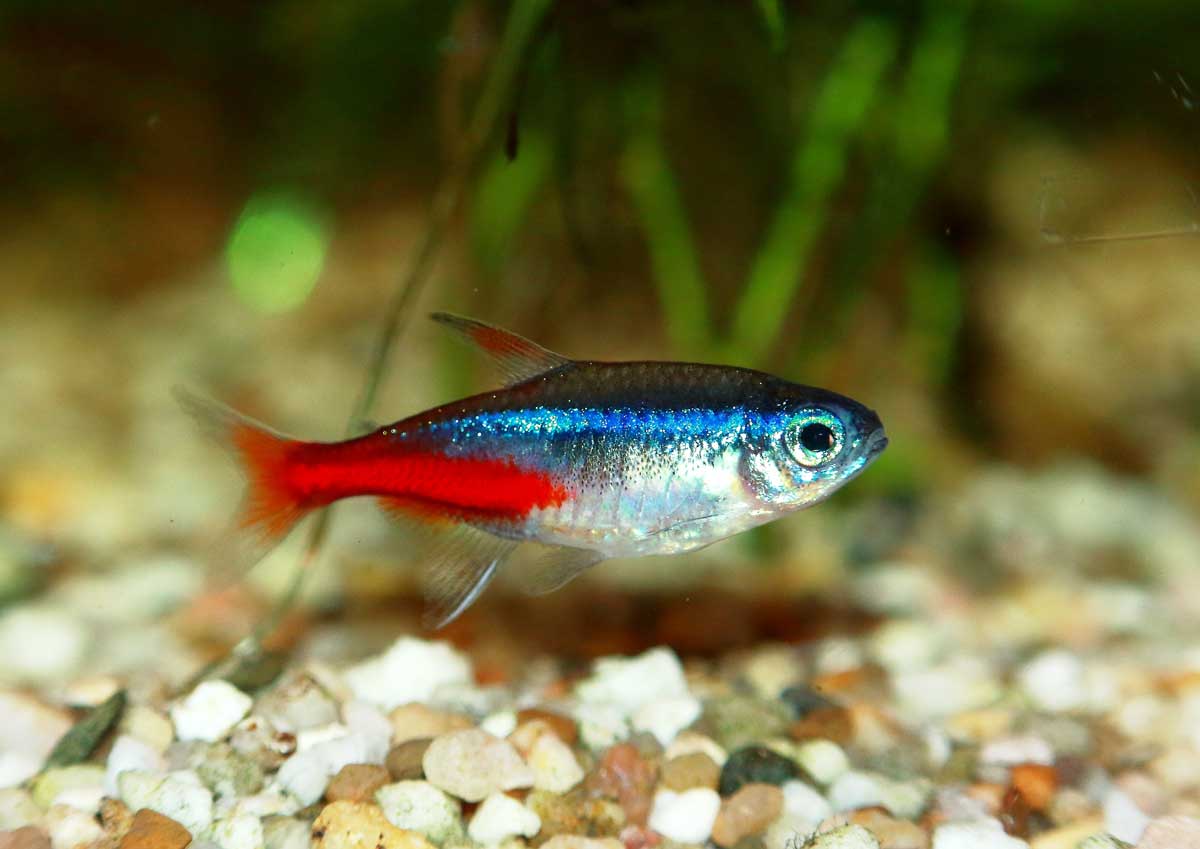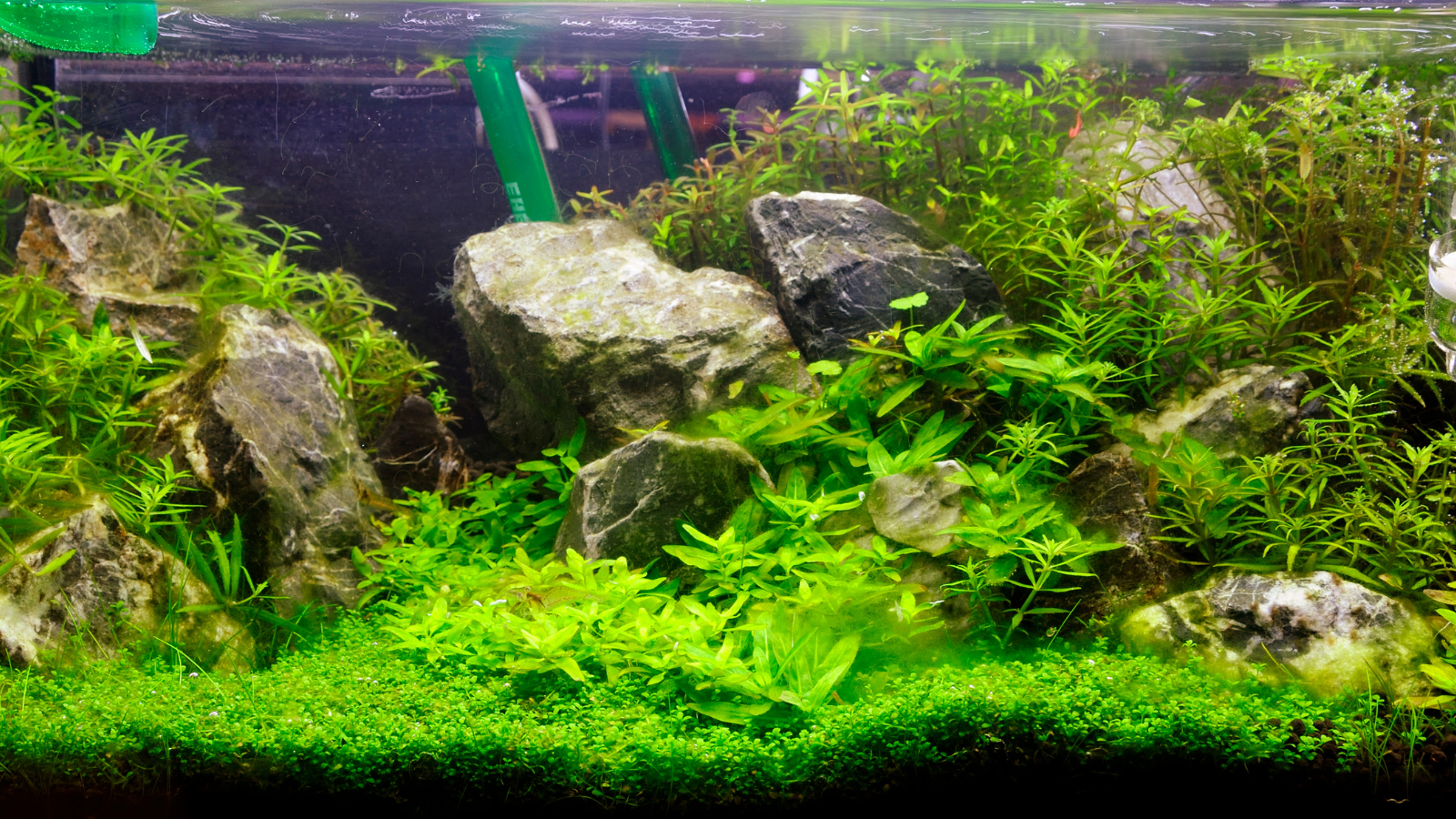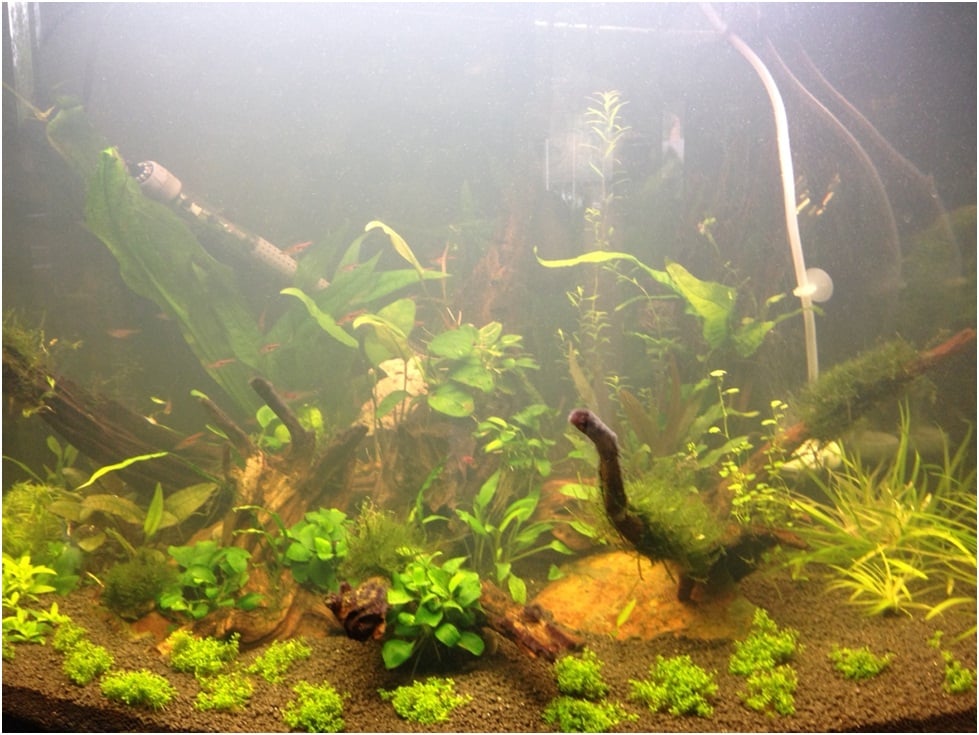
Neon tetra disease
Later or sooner every fish keeper will have to face the disease of the tank's inhabitants. Neon tetra disease is a disease that mainly affects the muscles, less often the internal organs of the fish's body. It is caused by parasites of the genus Plistophora. Among aquarium fish, tetras and carp are the most vulnerable, although it occurs in many fish species.
A brief description of the neon tetra fish
The neon tetra is a lively, freshwater fish from South America. It is a herd fish, therefore, depending on the size of the tank, it is recommended to keep at least 10 individuals in the tank, leaving the herd a lot of swimming space. Males are slender than females, but sexual dimorphism is poorly visible with a naked eye. As neon tetra fish live in the dark waters of South American rivers in nature, decorations made of wood and stones with dense vegetation and not too intense lighting will be perfect in the aquarium. Regular water changes are important for neon tetras, as this species of fish is quite sensitive to poor water parameters. It prefers soft to medium-hard water and the water temperature of 21-24 degrees Celsius. Theresfore it's worth controlling the KH (carbonate hardness) by performing aquaristic tests or using the drop checker method to keep your neon tetra in proper conditions.
Sources of infection and factors contributing to the occurrence of the neon tetra disease
Sick fish and vectors are the main source of infection. The parasite can also enter the aquarium water with the substrate or plants or live food. To minimalize of occuring neon tetra disease in your aquarium, buy plants from in-vitro cultivation. Such plants are being grown in very sterile conditions which means that the risk of bringing unwelcome parasite to the aquarium is much lower. While buying plants in the pet stores it's good to ask the seller how was the plant cultivated to minimize the risk that the neon tetra disease will overwhelm your freshwater tanks. Most fish suffer from the neon disease because of introducing new live organisms to the tank too earl. So quarantine fish and plants for a few weeks before joining the community tank to avoid the unwelcome parasitic organism.
Infection occurs when the parasite enters the fish's digestive system. It also happens that the neon tetra disease is inherited, i.e. fish with ovaries attacked by the parasite lay infected eggs, so the disease can also develop in very young inviduals.
The risk of occuring neon tetra disease is higher in fish that have weak immune system or are in advanced age. The neon tetra disease can also be introduced into the tank with frozen or live food from unreliable source. Fish flakes are safer option in this case ;)
Symptoms
Most often, in the initial stages key signs of the disease that we can observe the appearance of white, shiny spots on the muscles of the head and torso of the fish's body. Sometimes transverse whitish streaks appear. Depending on the fish species, these changes may take various forms, for example, some neon tetra species lose coloration partially , and in the case of other species, the characteristic blue-green streak is unevenly colored. Sometimes a gradual fading of the colors (whitening or graying) is observed, progressing from the tail towards the head. Sick fish float diagonally, with tail down, and occasionally make a series of restless movements. In some cases fish swim erratically. At night, the fish are unnaturally animated and move around the aquarium restlessly. There are also fish falling asleep right after the first symptoms appear. At an advanced stage when the neon tetra disease progresses, the infected fish eat less and white lumps appear in their muscles. Fraying of the fins is also occasionally observed in the fish tanks. Also with time the fish's spine may become curved. Pararelly to neon tetra disease, further infections as fin rot may occur.
Treatment
Unfortunately, effective treatments for neon tetra disease have not been developed. If this disease is diagnosed, all aquarium fish should be treated as potential vectors. Most specialists recommend that all aquarium inhabitants should be eliminated. If you have extremely valuable specimens that do not show any symptoms, you can postpone their elimination and move them to a quarantine aquarium until you get offspring from them. It is necessary to strictly observe the isolation of the tanks, i.e. do not move plants, do not use the same devices or tools for catching fish. If offspring obtained from fish suspected to be carriers develop normally and show no signs of disease, it can be assumed that the fish are not infected. Otherwise, both adults and juveniles should be eliminated from the aquarium.
The aquarium in which the disease was found and all equipment should be thoroughly decontaminated, and the substrate and plants should be discarded.
Prophylaxis
To prevent neon tetra disease, observe strictly you fish. As well at least a month's quarantine of new fish is necessary and buying them from the so-called reliable source. It is also advisable to be careful when introducing plants or materials that make up the substrate into the aquarium. That's a very popular advise in fish keeping hobby. Unfortunately many aquarium hobbyists don't follow this rule which means that the risk of introducing bacterial and parasitic infections to the aquarium soars.
False neon tetra disease
The false neon tetra disease has very similar symptoms to neon tetra disease. This disease is caused by the bacteria Flavobacterium columnare.As almost always in case of bacterial infections, the antibacterial treatment is possible with anthibiotics and very often ends up with great success. It's a great exaple that it's worth trying to treat the sick neon tetra becuase there are various types of diseases in fish world which may have the same symptoms.
Summary
Prevention is better than treating neon tetra disease- that's for sure. Purchase fish from reliable sources. Buy in-vitro plants. Quarantine new fish. Observe the fish tank. Decontamine aquaristic tools.
We strongly hope that this article will help you to keep your neon tetras safe and healthy in your beautiful fish tank. Fish's health is important for the whole underwater ecosystem!


